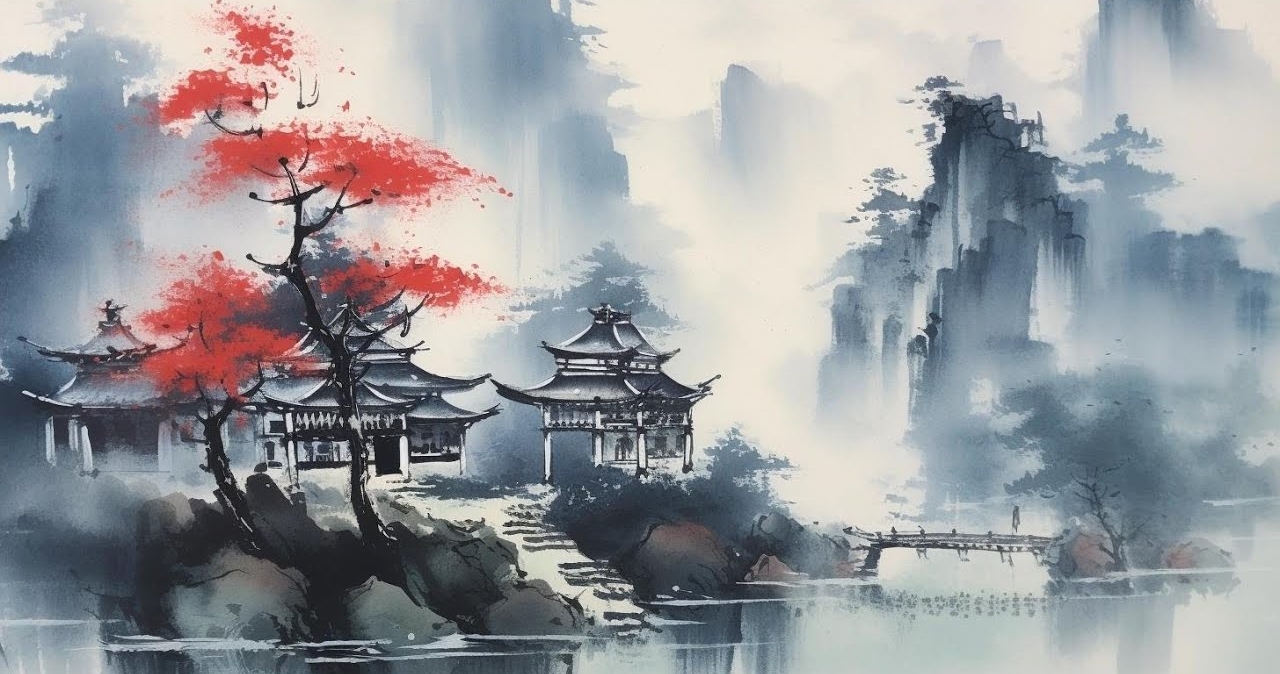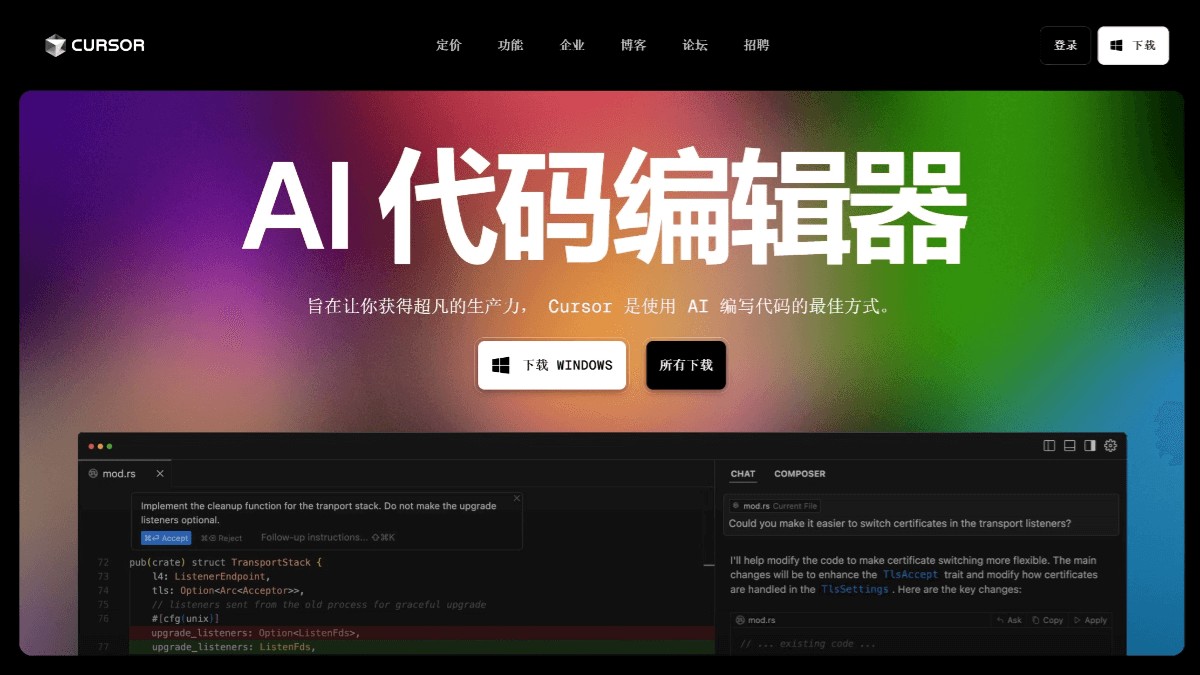
With the rapid development of artificial intelligence (AI) technology, all walks of life have begun to explore how to combine it with traditional culture. Chinese ink art, as an art form with a long history, is gradually becoming one of the important fields for the application of AI technology. From generative art to assisted creation, AI is bringing revolutionary changes to Chinese ink art.
The unique charm of Chinese ink art
Chinese ink painting, as one of the representatives of traditional Chinese art, has developed unique expression techniques and philosophical concepts after thousands of years of development. It shows the harmonious beauty of human beings and nature through the shades of ink, the smoothness of lines, and the intimate connection with nature. Chinese ink art is not only a visual expression, but also a reflection of thoughts, philosophy and emotions.
However, traditional Chinese ink art creation often requires profound technical accumulation and rich cultural background, which may be a challenge for modern art creators. Therefore, the emergence of AI has brought new vitality and possibilities to this ancient art.
How does AI play a role in Chinese ink art?
(1) AI generates Chinese ink paintings
In recent years, AI systems based on deep learning and generative adversarial network (GAN) technology have been able to create stunning Chinese ink-style works. By analyzing a large number of traditional ink painting works, AI can learn the techniques and styles of ink painting and automatically generate new works. For example, DALL·E and other image generation tools developed by OpenAI can generate ink paintings that meet the requirements based on simple text descriptions. Although these works look similar to traditional ink paintings, they are actually the result of AI algorithm creation based on data.
This kind of AI-generated ink painting has a certain degree of freedom in form and style, can incorporate modern elements, and can also be created based on traditional artistic styles. Therefore, the application of AI in the creation of ink painting is not only an inheritance of traditional art, but also an innovation in its form and expression.
(2) AI-assisted art creation
AI is not just a "creator", but can also serve as an "assistant" to help traditional artists improve their creative efficiency and quality. For example, AI can provide suggestions or automatically correct details based on the artist's preliminary composition or set style, helping the artist better grasp the color, layout and brushstrokes of the work. With the assistance of AI, artists can focus more on the expression of ideas during the creative process without having to worry too much about technical details.
(3) Cross-border cooperation between AI and ink art
Some AI technologies can even interact with the live creations of traditional ink artists. For example, the AI system can analyze the brushstrokes and ink color changes of ink painters in real time and provide instant feedback based on their creative process. Through this kind of "human-machine cooperation", the ink works jointly created by artists and AI can not only show the traditional beauty of ink art, but also incorporate more modern technological elements to create unprecedented artistic effects.
Challenges and opportunities brought by AI
Although AI has broad application potential in Chinese ink art, the introduction of this technology also brings many challenges.
(1) The “soul” issue of artistic creation
Many people are skeptical of artworks created by AI, believing that AI-generated works lack soul and depth. Traditional ink art is not only the expression of techniques, but also carries the artist's thoughts, emotions and cultural background. Therefore, how to make AI-generated ink paintings convey the connotation of these "souls" is still a question worth thinking about.
(2) Impact on the art market
Ink paintings created by AI may have an impact on the traditional art market. With the emergence of AI artworks, the criteria for judging price and value may change. Some people may believe that works created by machines cannot have the same artistic value as works created by humans, which may lead to a bias in the market's perception of AI artworks.
(3) Protect traditional art forms
Although AI can create stunning ink paintings, there are also views that excessive involvement of technology in traditional art may lead to "distortion" of these art forms. Therefore, while promoting the integration of AI and ink art, how to maintain the traditional characteristics of ink art is also an issue worthy of attention.



